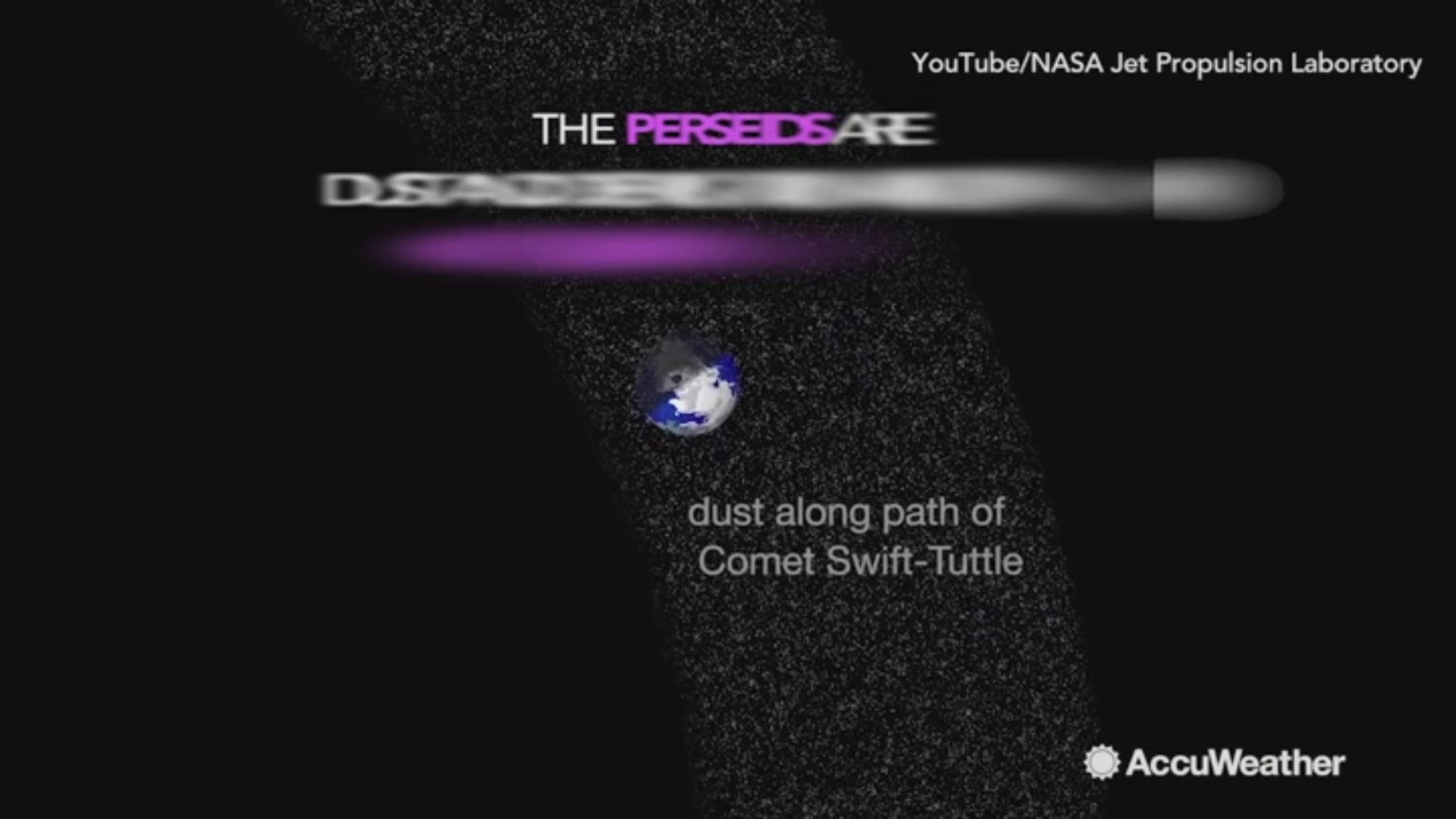Stargazers look forward to the Perseid meteor showers’ spectacular display every year. This year it’s a bit of good news/bad news for California meteor shower watchers.
The good news is, prime time of the Perseid meteor showers this year falls on the weekend, when the moon is a tiny sliver. And astronomers say this year could be especially spectacular. Normal Central California summer conditions should make for first-rate viewing conditions for those willing to drive outside city limits, away from light pollution.
Unfortunately, wildfire smoke is so thick around Sacramento, what should be crystal clear conditions for viewing will be hazy at best in many places.
But don’t give up hope. Members of the U.C. Davis Astronomy Club have suggestions for viewing locations that might not be socked in with smoke.
Zane Moore plans to go to the White Mountains outside Bishop. That might be a bit far for a day trip, but other members have suggestions closer to home.
Blue Ridge Road in Vacaville could be a good spot, Cole Bishop suggests. At 2,800 feet above sea level, it “might be above the smoke,” he said. At about 40 miles from Sacramento, it should be an easy drive.
Ted Swift offered Jepson Prairie south of Dixon.
“Dark, nearby and Delta Breeze might push out the smoke,” he said. Swift also suggested going north, up Highway 16 toward Guinda.
Walt Heiges, president of the Sacramento Valley Astronomical Society, was pessimistic. Unless the high pressure system over California trades places with the low pressure over the Pacific, “we are sunk,” he said in an email.
“All of California is socked in with smoke and the delta winds are our only hope,” he said. “The mid-west is the best place.”
Nonetheless, it could be well worth taking the chance on one of the suggested sites. According to the National Aeronautics and Space Administration (NASA), this year might be particularly good for Perseid meteors.
The Perseid showers (named for the constellation Perseus, around which the meteors radiate) are the result of Earth’s passage through debris trails left behind by the comet Swiftt-Tuttle, according to information posted on NASA.gov. Swiftt-Tuttle orbits the sun every 133 years. The last time was in 1992.
The trillions of tiny particles left behind in its wake linger. So each year at this time as Earth passes through its path, some of those particles enter the atmosphere (kind of like bugs hitting a windshield, one astronomer described it) creating fiery trails of light as they disintegrate.
“Most years, Earth might graze the edge of Swiftt-Tuttle’s debris stream, where there’s less activity,” according to NASA. “Occasionally though, Jupiter’s gravity tugs the huge network of dust trails closer, and Earth plows through closer to the middle, where there’s more material.”
Astronomers at NASA and elsewhere think this could be one of those years. The greatest number of meteors can be seen in the predawn hours, according to EarthSky.org.
“The peak may bring 50 to 60 – or more – meteors per hour, assuming you’ve given yourself optimum conditions for meteor watching,” said Bruce McClure, author of the EarthSky story.
Despite his pessimistic answer, Heiges said a scheduled SVAS viewing party Saturday at the Prairie City Vehicular Recreation Area is still on the calendar.
"I'm still going to show up for the event," he said. "Astronomy can be this way."

